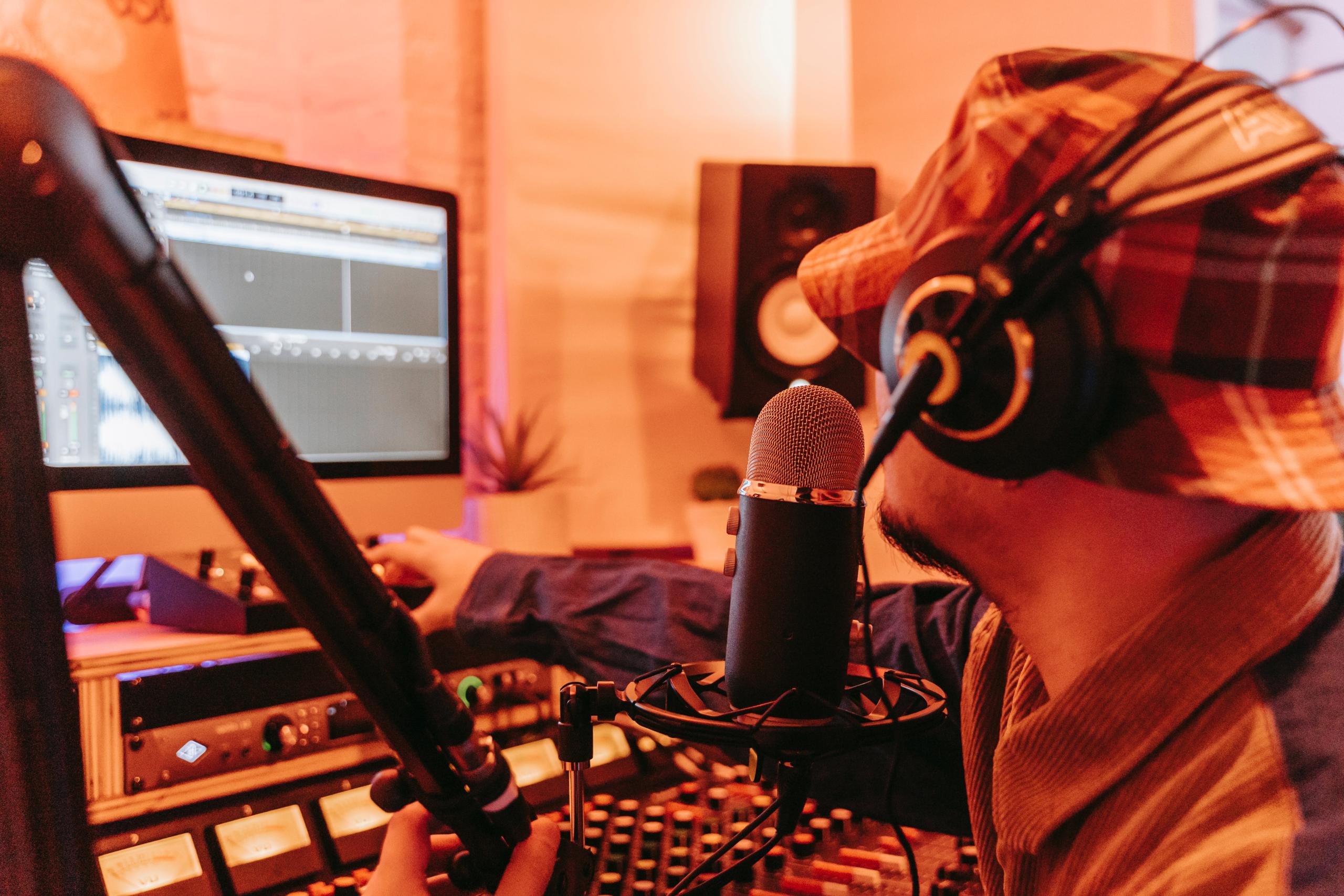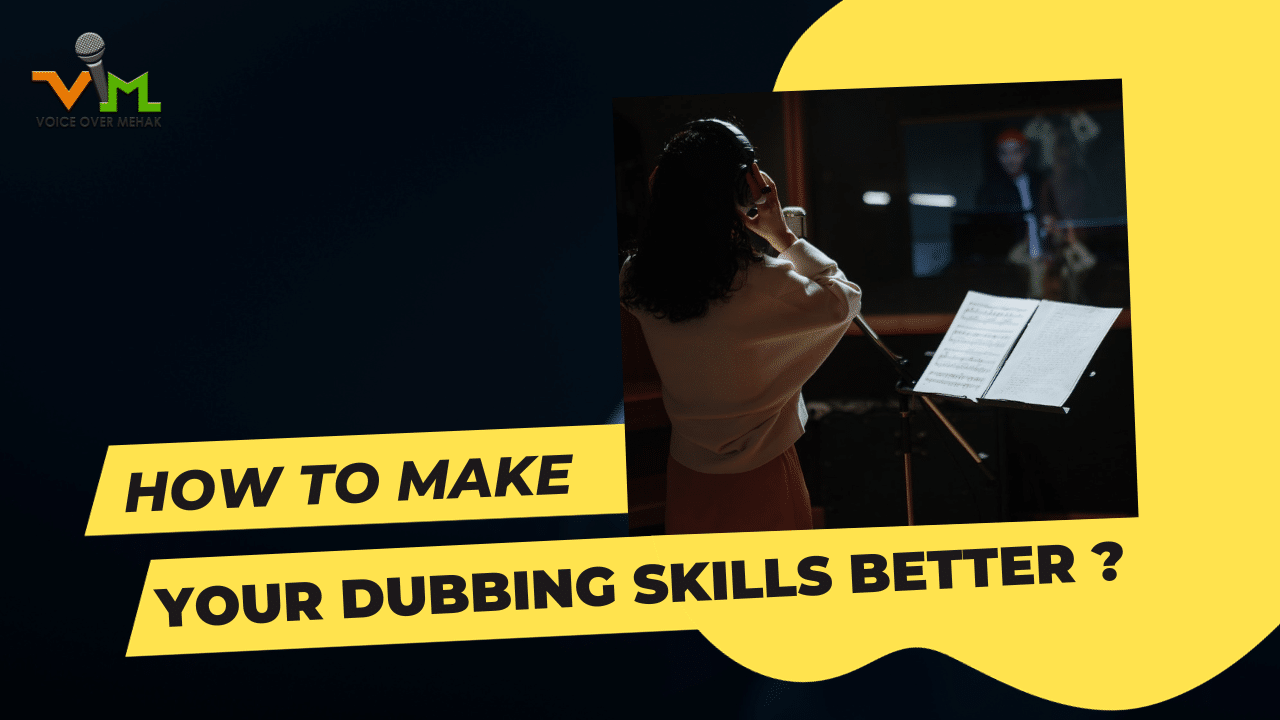Table of Contents
Indian voice or dubbing Artist
In the vast landscape of international cinema, the influence of Indian voice artists has been gaining prominence. This article explores the remarkable contributions of ten Indian dubbing artists who have lent their vocal talents to diverse international films, transcending linguistic and cultural boundaries.
The Impact of Indian Artists on International Films
Indian voice artists bring a unique flavour to international films, adding authenticity and cultural richness. Their ability to convey emotions and nuances in multiple languages has made them indispensable in the global entertainment industry.
Notable Indian Artists and Their Contributions
1)Atul kapoor : The Indian voice artist dubbed for Marvel movies for Jarvis popular fictious character in Hollywood film, showcasing the versatility of her talent.
2)Ami Trivedi : She has an incredible impact with her voice acting, elevating the characters she portrayed in international cinema.
3)Amar Babaria: He has voiced different characters in animated films, contributing to the universal appeal of these productions.
4)Manish Wadhwa : He is well known voice actor who worked in Gaddar Movie as a villain and also voices for popular Hollywood film The Chronicles of Narnia: Prince Caspian
5)Manoj Pandey : He is known for popular Hollywood movie Men in Black’s … Read more

